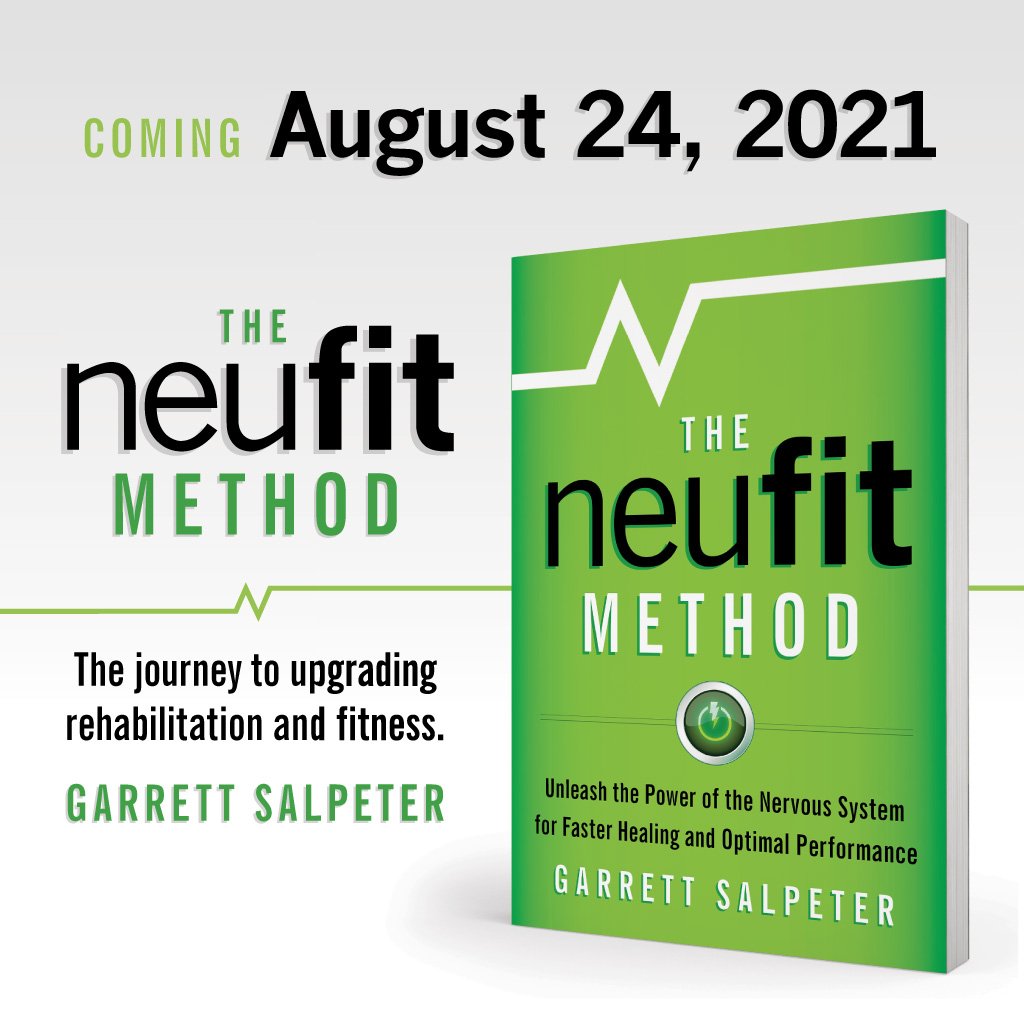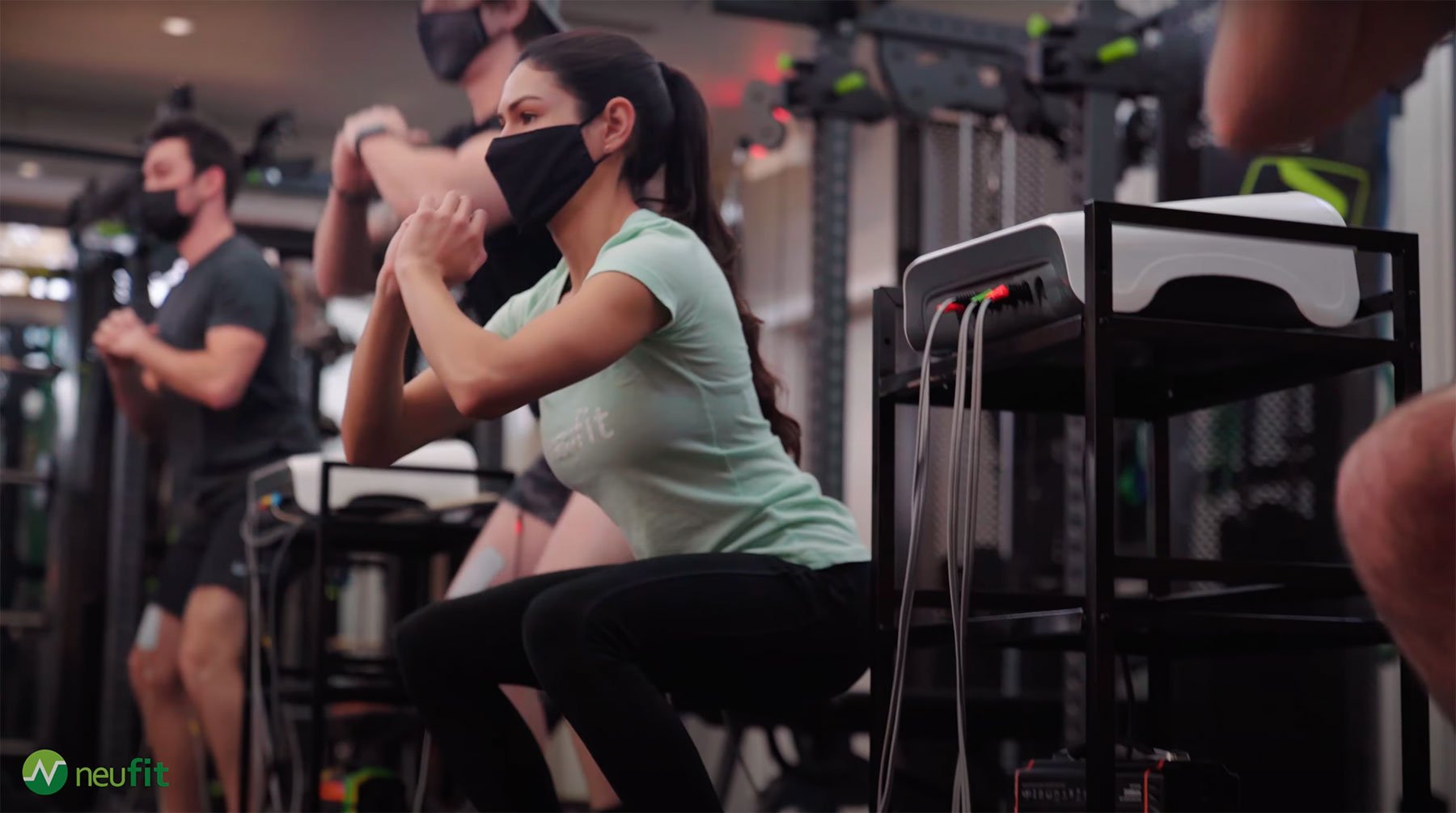Frankly, it’s been a little hard not to share this news with you already! We are excited to let you know that new research on the efficacy of the Neubie® device has recently been published in the Journal of Musculoskeletal and Neuronal Interactions (JMNI). This is the first peer-reviewed scientific journal publication on the Neubie device and the results underscore the positive findings we regularly see with our own patients.
Dr. Samuel L. Buckner of the USF Muscle Lab, Exercise Science Program at the University of South Florida in Tampa, published the research which compared acute changes in the upper body when trained with the Neubie and traditional high load weightlifting exercises. The study involved 34 participants between the ages of 18 and 35 who had regularly engaged in resistance exercise in the upper body for at least six months.
This study was conducted over the span of 48 hours. During their training session, participants used the Neubie to train 4 sets of biceps curls in one arm with no weight and used 70% of their one-repetition maximum (1-RM) for 4 sets of biceps curls in the other arm. Dr. Bucker’s group then measured participants’ muscle thickness via ultrasound, isometric torque (as a measure of fatigue), and muscle soreness immediately after the workout, 24 hours later, and 48 hours later. They also had participants rate their perceived exertion during the workout.
Overall, Dr. Buckner and his team found that short-term training with the Neubie device results in similar responses as traditional high load training in areas of increased muscle thickness, changes in torque (again, measuring fatigue), and soreness, but with lower perceived exertion.
“Given the novelty of direct pulsed current as a modality to grow muscle, we were interested in gaining insight into the acute muscular response to this mode of training,” said Dr. Buckner. “We were also interested in seeing how well the Neubie device is tolerated.”
Both TRAD (traditional high load) and Neubie training showed increases in muscle thickness, soreness and decreases in isometric strength for up to 24 hours. In both conditions, changes in soreness and isometric strength remained at 48 hours but increases in muscle thickness remained only in the TRAD condition.
Although muscle soreness is not a requisite for muscle growth, the study authors noted that it might provide some indication that the Neubie provided a robust novel stimulus to the muscle which was comparable to that of traditional resistance exercise.
“We found it interesting that many of the acute responses appeared similar when comparing Neubie to traditional training,” said Dr. Buckner. “Although these results provide a limited picture, they provide some indication that the Neubie device may lead to similar long-term adaptations.”
The study authors further noted that training with the Neubie device might be effective for individuals who are looking to experience a lower rating of perceived exertion (RPE) responses during exercise. Further research is necessary to examine neuromuscular responses to Neubie training over longer periods of time, like an 8-12 week training cycle.
“We appreciate the interest of Dr. Buckner and his team to study the efficacy of the Neubie device in comparison to traditional high load training,” said Garrett Salpeter, founder and CEO of NeuFit, makers of the Neubie device.
“The results of this study align with what we see with patients in our clinic every day – that Neubie can be an effective alternative to traditional resistance exercise. It has been especially helpful for patients recovering from injury or surgery where their mobility is limited.”
Let’s charge forward to better (peer-reviewed) outcomes together!


